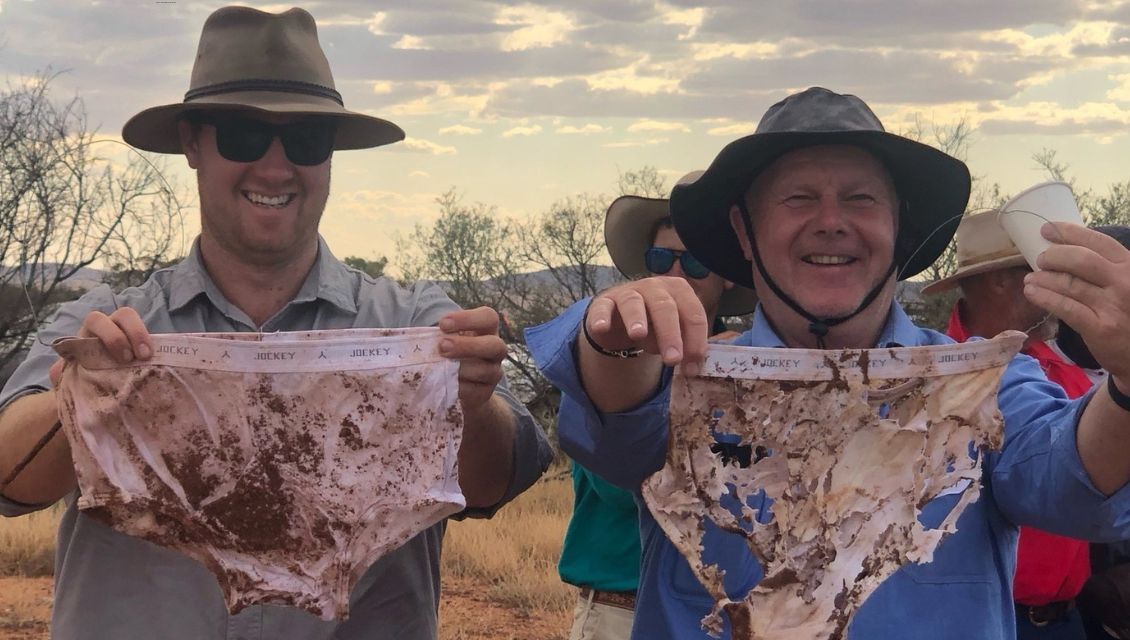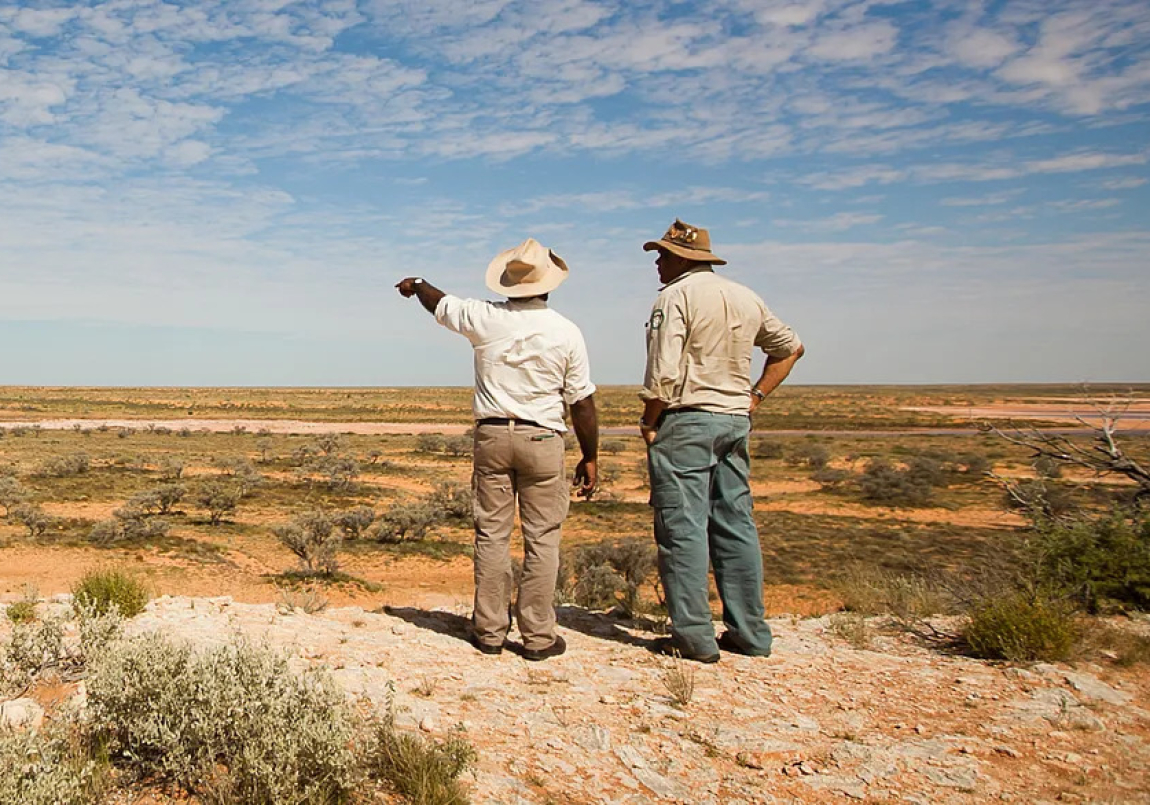
Yvonne Clark might not be the longest-serving employee of the Environment Protection Authority, but she admits that she’s certainly up there.
“I’ve been with the EPA since 1998,” Yvonne says, her friendly English accent still strong despite more than 40 years down under.
“There are a few people who were already working in areas that went on to form the nucleus of the EPA when it started.
“So there are some people who have been there longer than me … but not many.”
South Australia's independent environment protection regulator turns 30 this year, so Yvonne was there in the early days.
Luckily, she says, it’s “a lovely place to work”.
Of course, it’s much more than that. The EPA’s role is to “protect, restore and enhance the environment through the risk-based regulation of pollution, waste, noise and radiation”.
But none of that can be achieved without a clear flow on information between the EPA and the public, and that’s where Yvonne comes in.
The Coordinator of Community Response, Yvonne facilitates this flow and she says it's something that gives her a high degree of job satisfaction.
“Not only do I find working with the EPA really interesting, it’s nice to feel like you’re actually doing something good for the world. That’s important to me. I don’t think I could ever be happy in a job where I was just shuffling papers – no offence to people who shuffle papers,” she laughs.
Yvonne emigrated from the English city of Reading with her family as a 19-year-old, arriving – appropriately enough – on Australia Day in 1982.
She remembers being surprised by Adelaide’s built heritage – “I thought everything in Australia was going to be new” – and taking some time to adjust to a new way life.
In 1984 Yvonne began a role in the State Heritage Branch, before moving to a position with National Parks. A career serving the people of South Australia had begun.
Within the EPA, Yvonne says she’s had to adapt to the changing role of technology in the workforce.
“In the beginning there was me and another staff member, and we had to answer calls, write it down, type it up and send it to the right people,” she recalls.
“Then there were faxes and I’d have to go around distributing these faxes for the scientists and compliance officers to ring people back.”
As the workplace became more computerised, Yvonne played a key role in the development and implementation of CARES (Complaints and Reports of Environmental Significance) - the EPA’s internet-based environmental incident recording system.
Developed in collaboration with selected councils and the Local Government Association, CARES enabled both councils and the EPA to log and manage environmental reports and track repeat offenders.
The system earned national recognition, winning a Gold Technology and Productivity Award (pictured) presented by the Federal Government in Canberra, acknowledging Yvonne and her team's outstanding contribution.
“We were really proud of ourselves because that was very cutting edge at the time and we were only a small team,” she says.
“That will probably go down as a highlight of my career.”
So in a world where job-hopping has become far more common (the average Gen Z worker will have as many as 17 jobs and seven complete career changes in their lifetime), what’s the secret to finding consistency in the workforce?
According to Yvonne, it’s keeping things interesting.
“Even though I’ve been in a similar space for a long time, things have changed so much across that time so I’ve never felt bored,” she says.
“My work is constantly changing – that’s been key.
“That, and the fact that the EPA really is a lovely place to work and the people there feel like family.
“There’s only around 200 of us so we can all work closely together.”
And for any young people considering working in the public sector, particularly the EPA?
“I think it provides an excellent grounding, I would totally recommend it,” Yvonne says.
“Whether you want to go on to the private sector or move within the public sector or stay within the EPA, it really is a good career option.”







